The hyacinth flower has a rich symbolic history stemming from Greek mythology that endures to this day. The distinctive flower with funnel-shaped blossoms packs a plethora of meaning and makes for a thoughtful gift. Understanding the origins and evolution of hyacinth symbolism provides greater appreciation for this storied bloom.
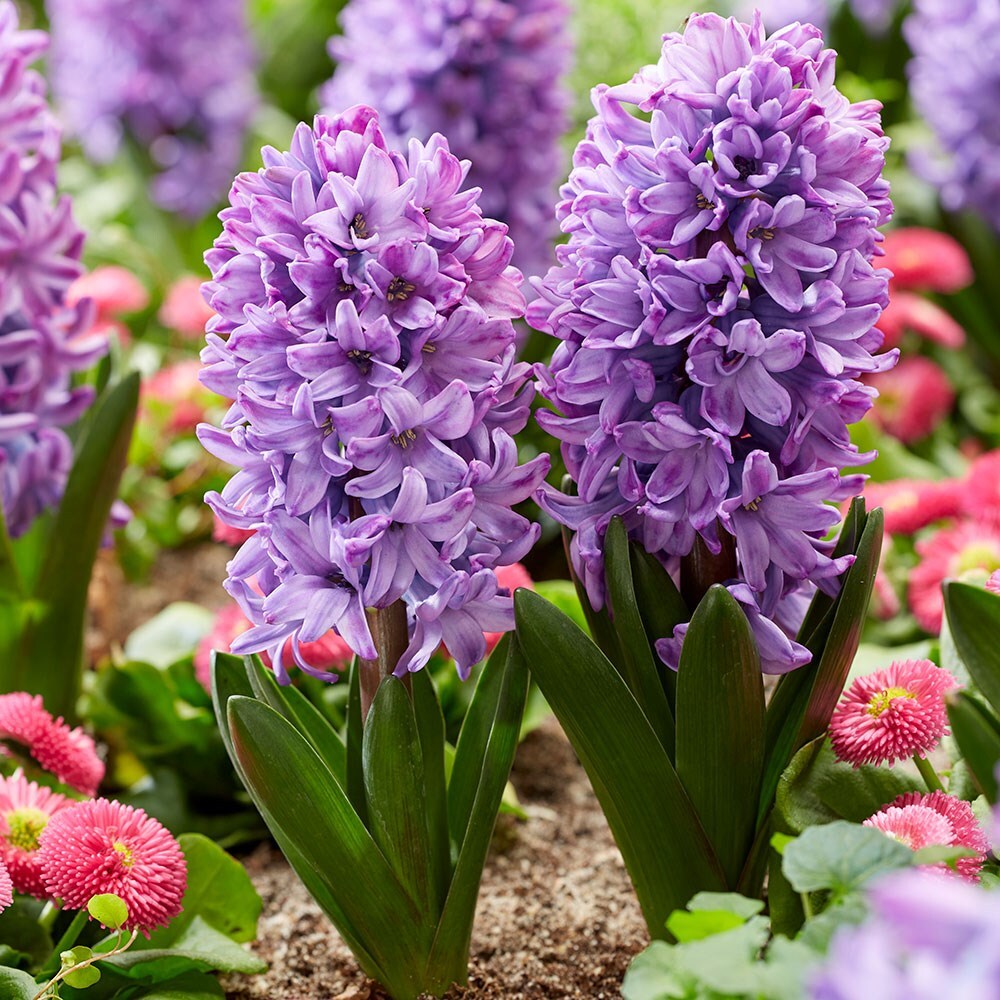
Mythological Origins of Hyacinth Symbolism
The mythological origins of the hyacinth trace back to Apollo and Hyacinthus in Greek mythology. The story goes that Apollo became enamored with the handsome Spartan prince Hyacinthus and taught him how to use the discus. However, one day while throwing the discus, the West Wind Zephyrus, who was also infatuated with Hyacinthus, redirected the discus out of jealousy, striking Hyacinthus in the head and killing him. Apollo refused to allow Hades to claim Hyacinthus, so from his blood Apollo created the flower hyacinth.
This mythological origin imbued the hyacinth with symbolic connotations of homosexual love and tragic loss. The drooping head of the hyacinth flower came to represent mourning and regret over the accidental death of the youth Hyacinthus. Yet, the flower’s fragrant beauty also evokes hyacinth’s divine origins and enduring memory.

Evolution of Hyacinth Symbolism
Over time, additional layers of meaning have become associated with the hyacinth flower:
Constancy
Hyacinths are beautiful flowers that have long been associated with a number of different meanings and symbols, ranging from love and rebirth to sorrow and forgiveness. However, one of the most enduring and powerful symbolisms of the hyacinth is its representation of faithfulness and constancy.
In Greek mythology, the hyacinth was closely linked to the god Apollo and his mortal companion, Hyacinthus. According to the myth, Apollo was teaching Hyacinthus how to throw a discus when Zephyrus, the god of the west wind, became consumed by jealousy and blew the discus off course, striking and killing Hyacinthus. In his grief, Apollo transformed the blood of his beloved into a beautiful flower, the hyacinth.
This tragic story has given rise to the idea that the hyacinth represents unwavering loyalty and commitment, even in the face of adversity. The flower’s deep blue color is said to be a reflection of Apollo’s lamentations for his lost love, while the white center symbolizes Hyacinthus’ purity and innocence.
The myth of Apollo and Hyacinthus also speaks to the idea of enduring love and the ability to overcome obstacles and challenges. Despite the tragedy that befell them, their love and bond remained unbroken. This serves as a reminder that true love and devotion can withstand even the most difficult trials and tribulations.
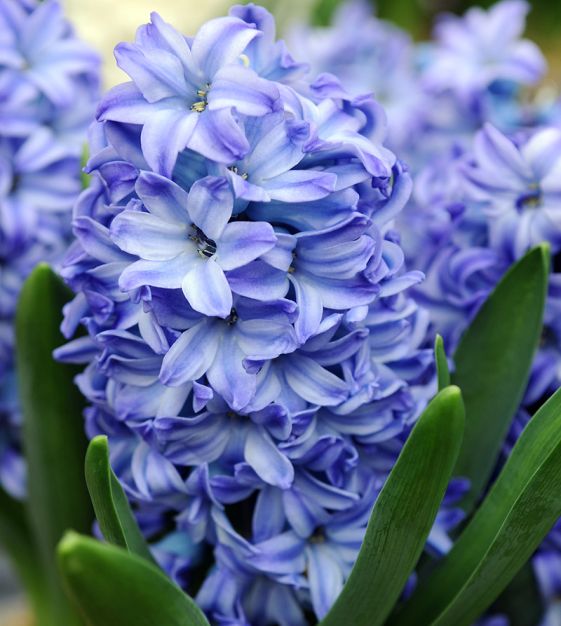
As such, the hyacinth has come to represent a strong and unwavering commitment to someone or something. It serves as a symbol of trust, loyalty, and dedication, and is often given as a gift to express these sentiments. The flower also reminds us of the importance of staying true to our beliefs and values, even when faced with adversity or temptation.
In addition to its symbolism of faithfulness and constancy, the hyacinth also holds other significant meanings. In the language of flowers, it is often associated with sincerity and truthfulness, as well as rebirth and new beginnings. This is due to the fact that hyacinths bloom in early spring, making them a symbol of fresh starts and growth.
The symbolism of the hyacinth goes beyond its physical beauty and fragrance. It represents a deep and enduring love, loyalty, and commitment that can withstand the tests of time. As we admire this delicate flower, let us be reminded of the strength and resilience it symbolizes, and strive to embody these qualities in our own lives.
Rebirth
The story of Hyacinthus, a young and beautiful Spartan prince, is one that has been told for centuries. In this tragic tale, the god Apollo fell deeply in love with Hyacinthus, but their love was cut short when Zephyrus, the god of the west wind, became jealous and caused a discus to strike Hyacinthus in the head, killing him instantly. As the lifeless body of Hyacinthus lay on the ground, Apollo was filled with grief and regret at the loss of his beloved.
However, from the blood of Hyacinthus, a beautiful flower grew, bearing the same name as the young prince. This flower had a strong, sweet fragrance and came in various colors, including shades of blue, purple, and pink. The hyacinth quickly became associated with the story of Apollo and Hyacinthus, and over time, it came to symbolize more than just a tragic love story.
One of the main themes of the hyacinth is rebirth and new beginnings. The fact that this flower grew from the blood of Hyacinthus can be seen as a metaphor for the idea that out of tragedy and death can come new life and growth. This symbolism is even more poignant when considering the fact that in Greek mythology, Hyacinthus was also believed to have been resurrected by Apollo as a new plant or flower.
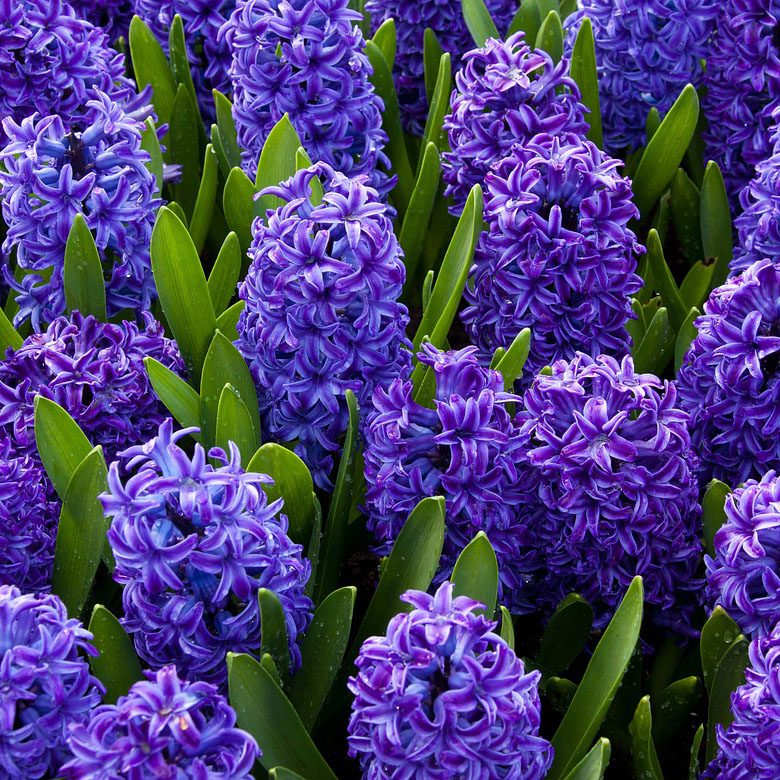
This connection to rebirth and renewal makes the hyacinth a powerful symbol of hope. It represents the idea that no matter how difficult or painful a situation may be, there is always a chance for a fresh start and a bright future. This message of optimism and resilience is especially relevant in today’s world, where we are constantly faced with challenges and setbacks. The hyacinth serves as a reminder that even in the darkest times, there is always the potential for growth and transformation.
Moreover, the fragrant scent of the hyacinth adds another layer to its symbolism. The sweet fragrance of the flower is not only a delight to the senses, but it also conveys the idea of positivity and joy. This is further emphasized by the fact that the hyacinth blooms in spring, a season associated with new life and vitality. In this way, the hyacinth is a symbol of hope and optimism moving forward.
In many cultures and traditions, the hyacinth is also considered a symbol of love and beauty. This is not surprising, given its association with the love story of Apollo and Hyacinthus. However, beyond their tragic tale, the hyacinth also represents the pure and unconditional love that Apollo had for Hyacinthus. This symbolism of love transcending even death adds a deeper level of meaning to the flower.
The hyacinth is a powerful symbol of rebirth, hope, and love. Its roots in Greek mythology and its ability to thrive even in the face of tragedy make it a meaningful and inspirational symbol. As we admire the beauty and fragrance of this flower, let us also be reminded of its message of resilience and renewal in the face of adversity.
Sorrow and Lamentation
The hyacinth is a beautiful and fragrant flower that holds significant symbolism, particularly in relation to mourning and grief. Its origins can be traced back to Greek mythology, where it was believed to have sprung from the blood of Hyacinthus, a young man who was accidentally killed by Apollo, the god of music and poetry.
This tragic story sets the tone for the hyacinth’s symbolism of mourning and sorrow. The drooping clusters of blossoms that make up the flower evoke feelings of weepiness, sadness, and lamentation. This is further reinforced by the fact that the hyacinth is commonly found in shades of blue, a color often associated with sadness and melancholy.
The use of hyacinths at funerals and grave sites is a practice that has been around for centuries. It is believed that this flower helps to express the deep sense of grief and sorrow that comes with losing a loved one. Its delicate yet striking appearance serves as a reminder of the fragility of life and the fleeting nature of human existence.
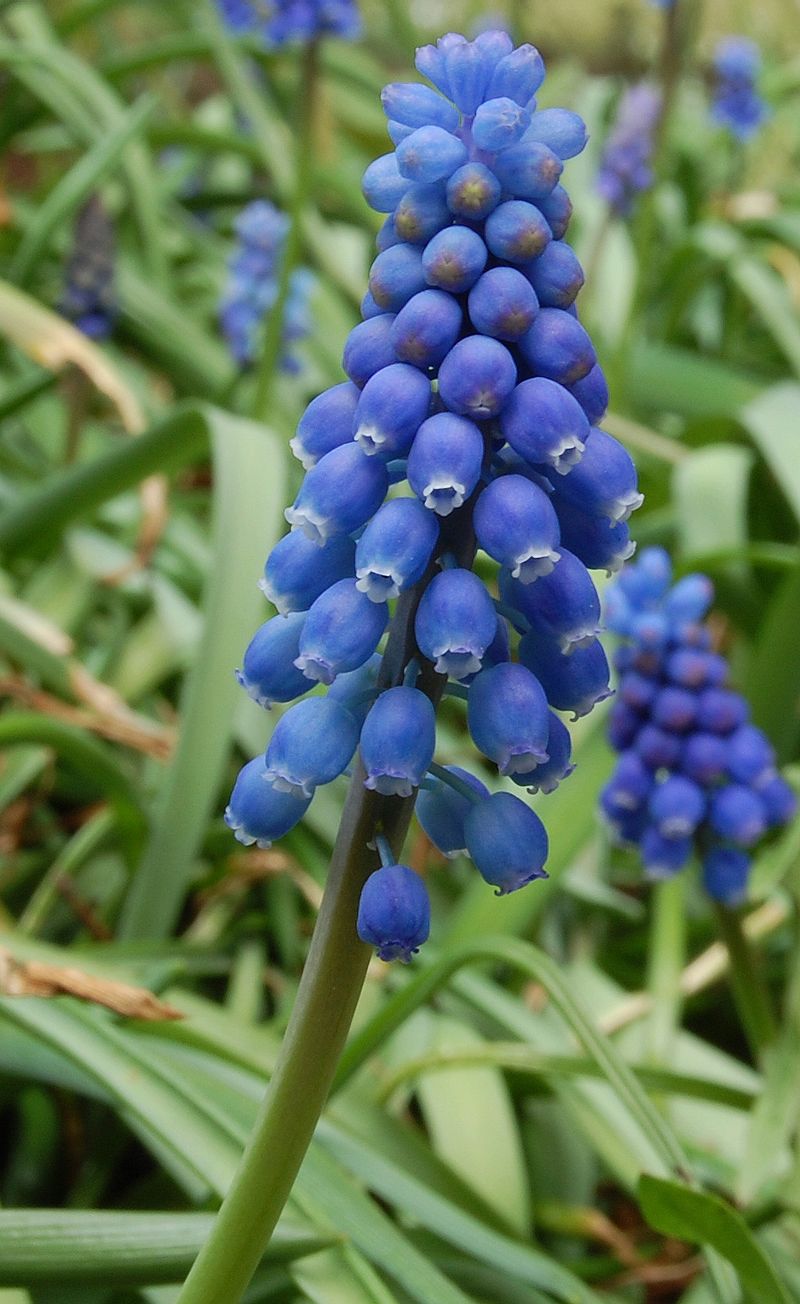
Moreover, the hyacinth’s strong and sweet fragrance adds another layer of symbolism to its role in mourning. In ancient times, it was believed that the scent of hyacinths could ease the pain of loss and provide comfort to those who were grieving. This belief still holds true today, as the gentle aroma of hyacinths can bring a sense of peace and solace during times of mourning.
In addition to its connections to mourning and grief, the hyacinth also symbolizes rebirth and renewal. This is due to the fact that the flower blooms in the spring, a season known for its associations with new beginnings and fresh starts. As such, the hyacinth can also represent the idea of life after death, offering hope and comfort to those who are mourning the loss of a loved one.
The symbolism of the hyacinth revolves around the concept of loss and the emotions that come with it. Its use in funerals and memorials serves as a way to honor and remember the deceased, while also providing a means for people to express their sadness and grief. Whether through its appearance, scent, or seasonal blooming, the hyacinth embodies the complexities of mourning and remains a powerful symbol of remembrance and healing.
Sincerity
Hyacinths are some of the most beloved and cherished flowers, known for their delicate beauty and sweet fragrance. However, beyond their physical attributes, these flowers also hold a deep emotional symbolism that has been passed down through centuries of history.
The origins of the hyacinth can be traced back to ancient Greek mythology, where it was said to have sprung from the blood of Hyacinthus, a young man who was accidentally killed by the god Apollo. According to the legend, as Apollo mourned the loss of his dear friend, a flower grew from his spilled tears and blood, which he named after him – the hyacinth. This mythological tale is often seen as the source of the flower’s symbolism of deep emotional attachment and sincerity.
In Victorian times, the language of flowers was used to express emotions and messages without words. Each flower had its own specific meaning and the hyacinth was associated with sincerity, honesty, and deep emotional bonds. These meanings were further reinforced by the flower’s appearance and scent, which exudes a sense of purity and fragility.
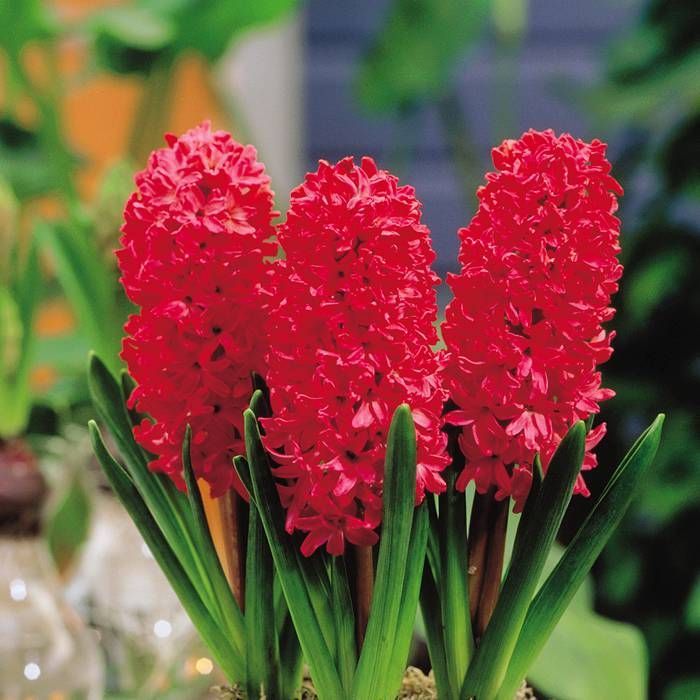
Given as a gift, the hyacinth conveys heartfelt honesty and pure intentions. It is a symbol of someone opening their heart to another and expressing their true emotions without any pretense or hidden agenda. The giver is essentially saying, “I trust you with my true feelings and I want to be open and sincere with you.”
This symbolism is also reflected in the color of the hyacinth. While the flower comes in various shades such as pink, purple, and white, the blue hyacinth is particularly associated with sincerity and trust. Blue is often seen as a calming and trustworthy color, conveying a sense of loyalty and stability. Thus, a blue hyacinth holds even more weight in its symbolism of sincere emotions and genuine intentions.
In literature and art, the hyacinth has been used as a powerful symbol of love, both romantic and platonic. Its associations with honesty and openness make it a perfect representation of deep emotional connections between individuals. The flower has been used in poems, paintings, and other forms of art to evoke feelings of sincerity and pure love.
The hyacinth’s symbolism can also be applied to the bond between friends and family members. Just like the strong and unbreakable stem of the flower, the relationships built on sincerity and honesty are enduring and resilient. It is a reminder that true connections are formed when we are open and genuine with one another.
The hyacinth holds a deep emotional symbolism that goes beyond its physical beauty. It represents heartfelt honesty, pure intentions, and openness – qualities that are highly valued in any relationship. Whether given as a gift or admired in nature, the hyacinth serves as a reminder to always be sincere and true to oneself and others.
Hyacinth Symbolism in Summary
The hyacinth flower carries deeply poignant symbolic meanings rooted in Greek myth. It represents pining, fidelity, grief, hope, and sincerity. Understanding the nuances of hyacinth symbolism allows for thoughtful use of the distinctive bloom. With its tragic mythic origins and profound symbolic connotations, the hyacinth indeed is among the most storied flowers.
Conclusion
In closing, the multifaceted symbolism of the hyacinth has ancient mythical origins but remains poignant today. Hyacinths elegantly express loyalty, heartache, hope, purity, and remembrance. Understanding the nuanced meanings empowers purposeful usage. Yet, myth and mystery forever shroud this storied bloom. The tragic tale of Apollo and Hyacinthus endures like the youthening flowers it spawned.

We’re Emma Carole Paradis and Kimberly Carole, the owners and designers of Impeccable Nest, based in Bedford, New Hampshire. A mother-daughter team with a love of design. Originally from Manhattan Beach, California, now based in Bedford, New Hampshire, we bring a Southern California cool and New England tradition to our design. Not only do we work together…we also live together in a multi-generational home…and a home that they are known to design for others.
